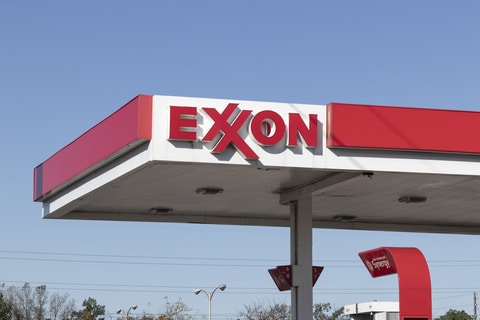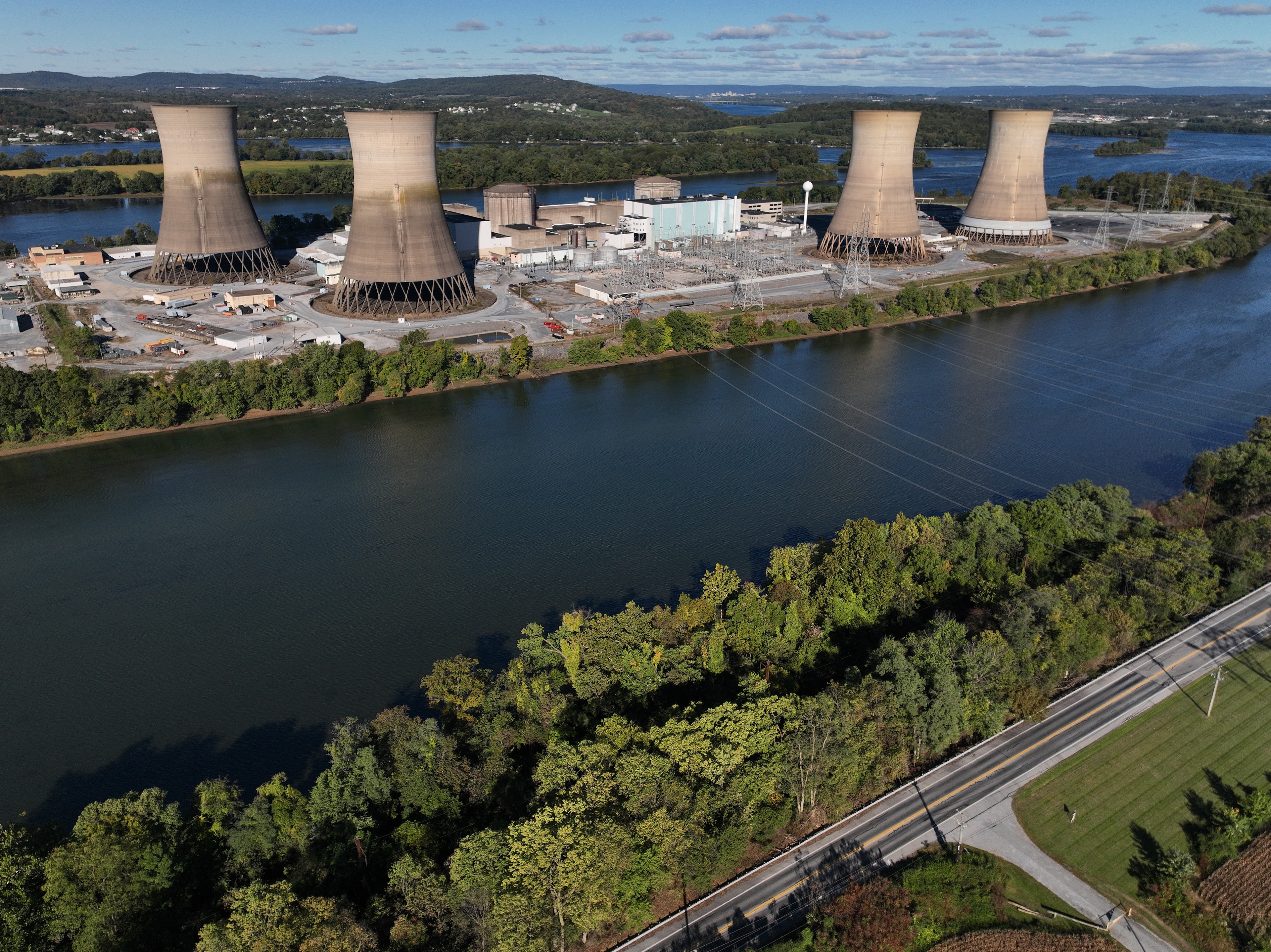Most equities have entered, or are on the cusp of, a bear market. While US stocks rallied briefly following President Trump’s announcement of a 90-day pause on additional country-specific tariffs except for 125% on China, Goldman Sachs Chief Global Equity Strategist Peter Oppenheimer warns that “the conditions for a sustained rebound aren’t yet in place.” More troubling still, what began as an event-driven bear market triggered by Trump’s tariff policies could “easily morph into a cyclical bear market given growing recession risk.”
As May’s critical earnings season approaches, the question isn’t whether to seek defensive positioning, but rather which companies within these outperforming sectors offer the most robust shelter from what history suggests could become a 30% market decline over approximately two years.
Energy & Utilities Explained
The energy sector encompasses everything from oil drilling and natural gas extraction to refining, marketing, and distribution. It’s typically divided into:
The utilities sector, on the other hand, includes several key segments:
Understanding the type of bear market we face is crucial for positioning portfolios effectively. There are three distinct categories: structural bear markets (triggered by financial bubbles, averaging 60% declines), cyclical bear markets (triggered by recessions and falling profits, averaging 30% declines), and event-driven bear markets (triggered by one-off shocks, also averaging 30% declines but recovering more quickly).
The bear market we’re experiencing began as an event-driven shock triggered by Trump’s February tariff offensive. With economists lowering their US GDP growth forecasts and indicatingincreased recession risk, the transformation to a cyclical bear market appears increasingly likely. This downturn seems to havelegs and the smart money is positioning accordingly.
TheEnergy and Utilities Landscape
What makes Energy and Utilities particularly compelling in this environment is their demonstrated ability to thrive when other sectors falter. The Energy sector’s Q1 outperformance was market-leading, driven by a 40% six-month rally in natural gas prices and the extraordinary pricing power demonstrated by integrated supermajors like TotalEnergies and Shell. Utilities, meanwhile, cemented their reputation as the quintessential defensive sector with their 4.1% gain, supported by robust 23% EPS growth in 2024 and projected 6-9% growth through 2025-2026.
As recession fears mount and market volatility increases, three types of companies within the energy and utilities space stand out as particularly well-positioned to weather a possible cyclical bear market while potentially delivering both income and appreciation.
Integrated Oil Giants

Major integrated oil companies like Exxon Mobil and Chevron offer crucial insulation against commodity price volatility through their diversified operations spanning upstream, downstream, and chemicals. This operational breadth provides natural hedging during market turbulence.
Firms embracing energy transition through low-carbon initiatives while maintaining core competencies provide dual exposure to traditional energy stability and future growth drivers.
Clean Energy Utilities

The most intriguing defensive plays may be utilities that have successfully embraced the clean energy transition. Companies like Constellation Energy and Vistra Energy have demonstrated that defensive positioning doesn’t require sacrificing growth potential.
These clean energy leaders benefit from multiple structural tailwinds that should persist regardless of economic conditions. Data centers and AI applications could consume up to 15% of US electricity by 2030, creating surging demand even during economic contractions. Additionally, corporations continue accelerating decarbonisation commitments, ensuring steady demand for clean power generation.
Midstream Energy Firms

Between the integrated majors and pure-play producers exists the midstream segment – companies operating pipelines, storage facilities, and transportation networks that move energy from production sites to refineries and end markets. These firms have emerged as uniquely positioned defensive plays because their business models largely insulate them from commodity price volatility.
Unlike upstream producers whose profits swing dramatically with oil and gas prices, midstream companies typically operate on fee-based contracts. They collect predictable tolls regardless of whether oil trades at US$50 or US$100 per barrel. This contracted cash flow stability explains why select midstream firms have weathered market turbulence far better than their upstream counterparts.
ConocoPhillips exemplifies the winning approach in this space with its US billion capital return commitmentfor 2025, representing 40-45% of cash flow. By prioritising operational efficiency and shareholder returns over aggressive expansion, the company has positioned itself as both a defensive anchor and potential growth opportunity. Meanwhile, pure-play producers like Occidental have suffered brutal declines (27% in one week) due to their direct exposure to commodity price swings.
Strategic Positioning with Energy and Utilities
With recession risks mounting, selective positioning within energy and utilities offers both defense and income potential. Three critical factors should guide investment decisions:
-
Balance Sheet Strength: Companies with low debt-to-EBITDA ratios and strong free cash flow will navigate tightening credit conditions best.
-
Dividend Sustainability: Target firms with coverage ratios above 1.5x and histories of maintaining distributions during previous downturns
-
Valuation Discipline: Even defensive sectors can become overpriced. Examine P/E, EV/EBITDA, and yield relative to historical ranges.
Energy companies face potential regulatory headwinds on emissions and pipeline approvals, while utilities contend with interest rate sensitivity, partially offset by regulated rate recovery mechanisms.
History repeatedly demonstrates that bear markets create valuation disconnects that reward patient capital. As recession fears intensify, these resilient energy and utility leaders may be among the rare assets delivering both near-term stability and long-term value creation. Smart investors should consider whether today’s defensive necessity might actually represent tomorrow’s most compelling opportunity. After all, the companies that maintain operational excellence during downturns often emerge with strengthened competitive positions when markets eventually recover.
Disclaimer: CMC Markets Singapore may provide or make available research analysis or reports prepared or issued by entities within the CMC Markets group of companies, located and regulated under the laws in a foreign jurisdictions, in accordance with regulation 32C of the Financial Advisers Regulations. Where such information is issued or promulgated to a person who is not an accredited investor, expert investor or institutional investor, CMC Markets Singapore accepts legal responsibility for the contents of the analysis or report, to the extent required by law. Recipients of such information who are resident in Singapore may contact CMC Markets Singapore on 1800 559 6000 for any matters arising from or in connection with the information.








